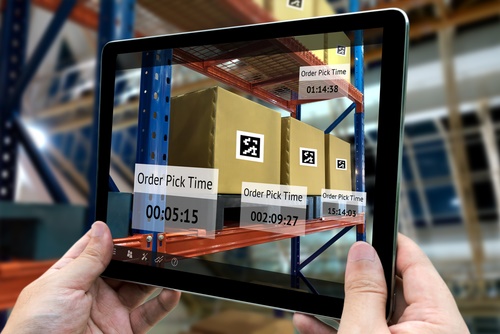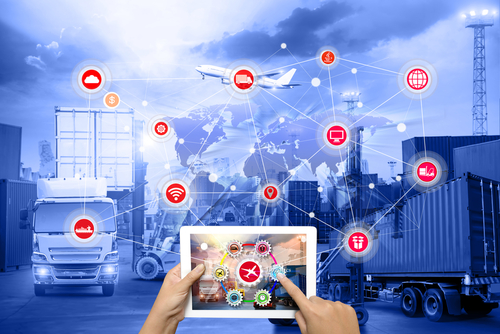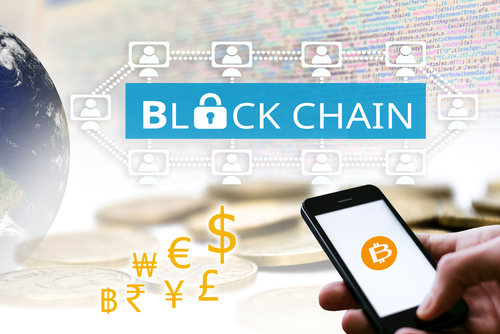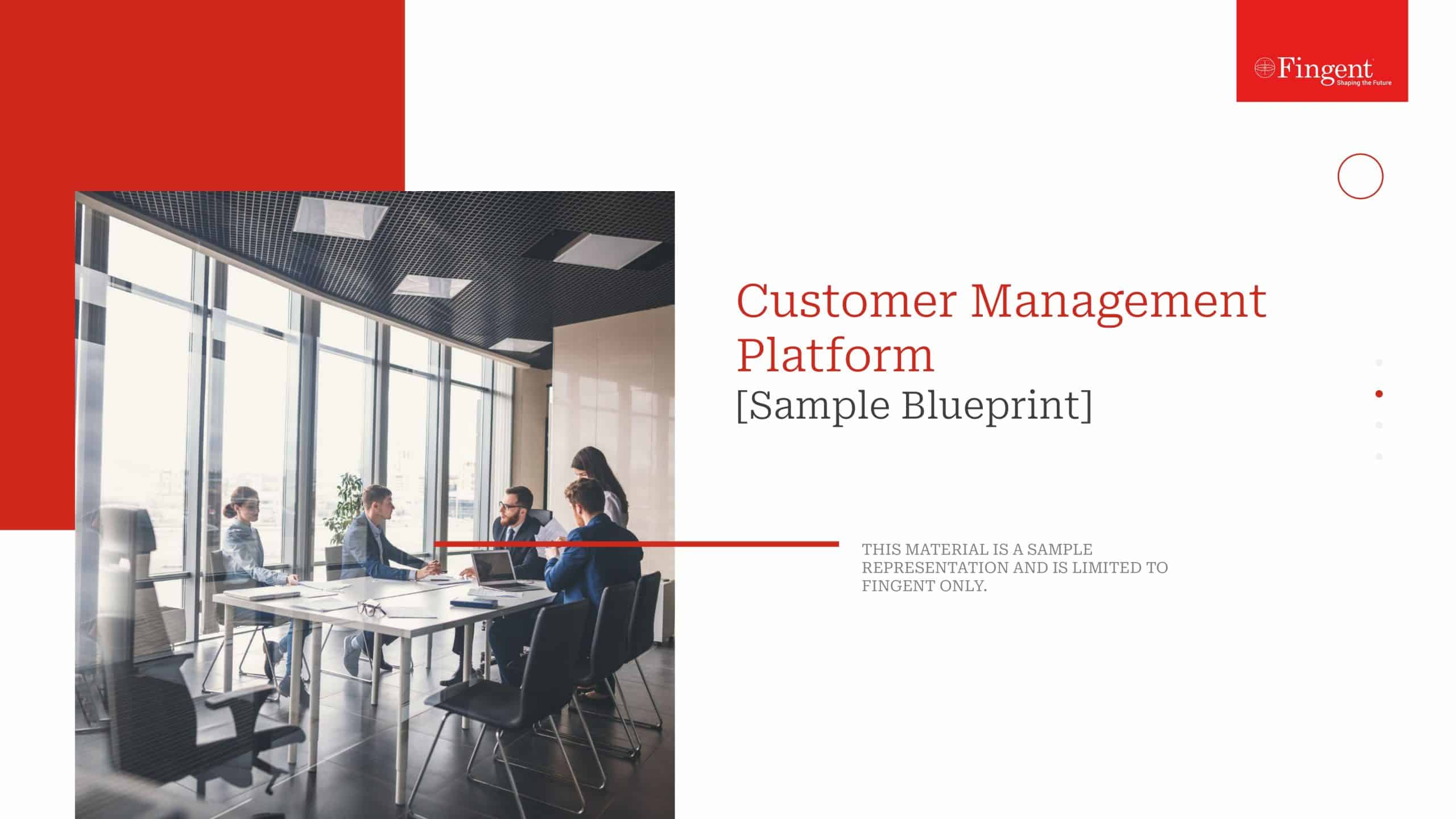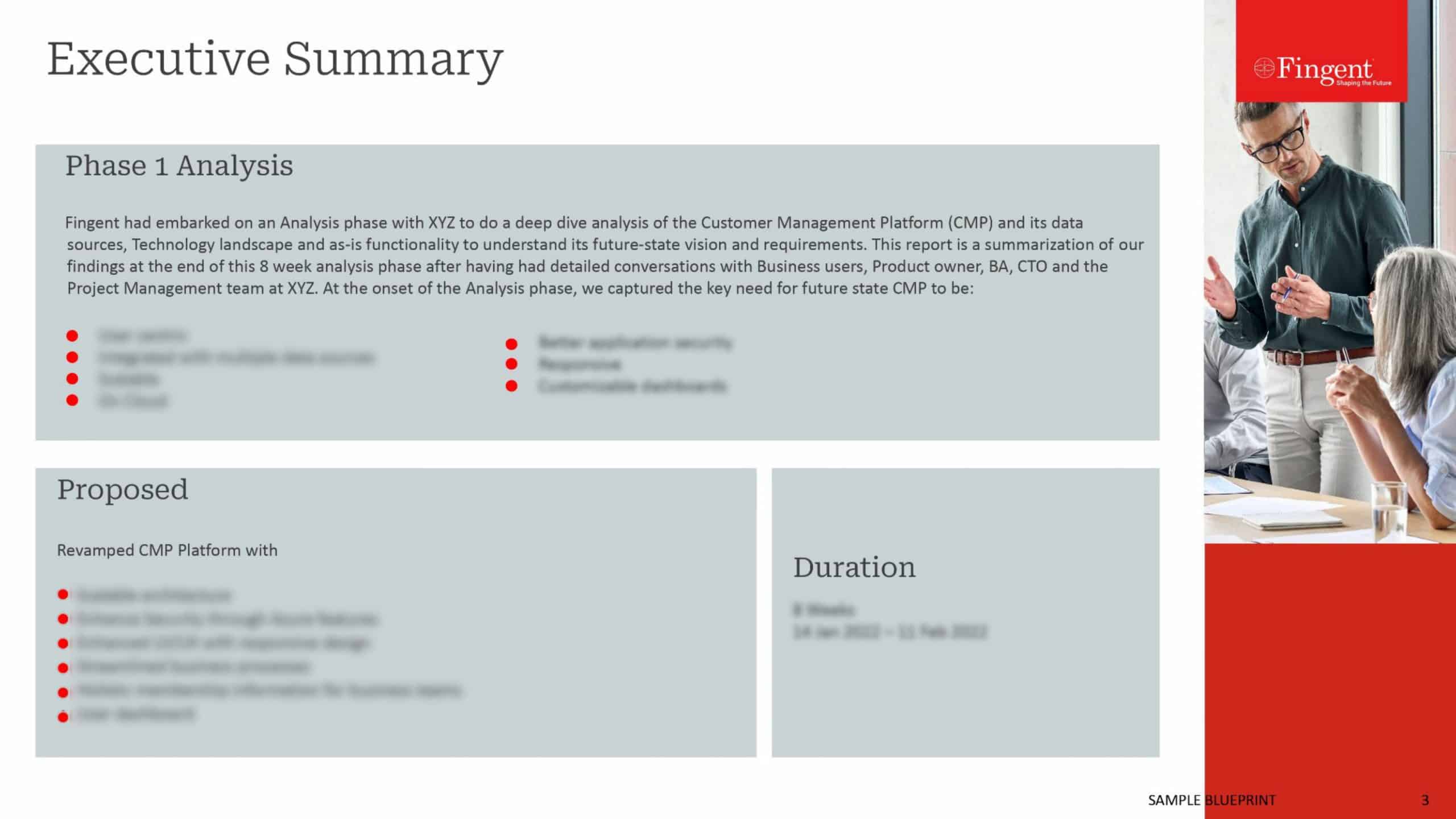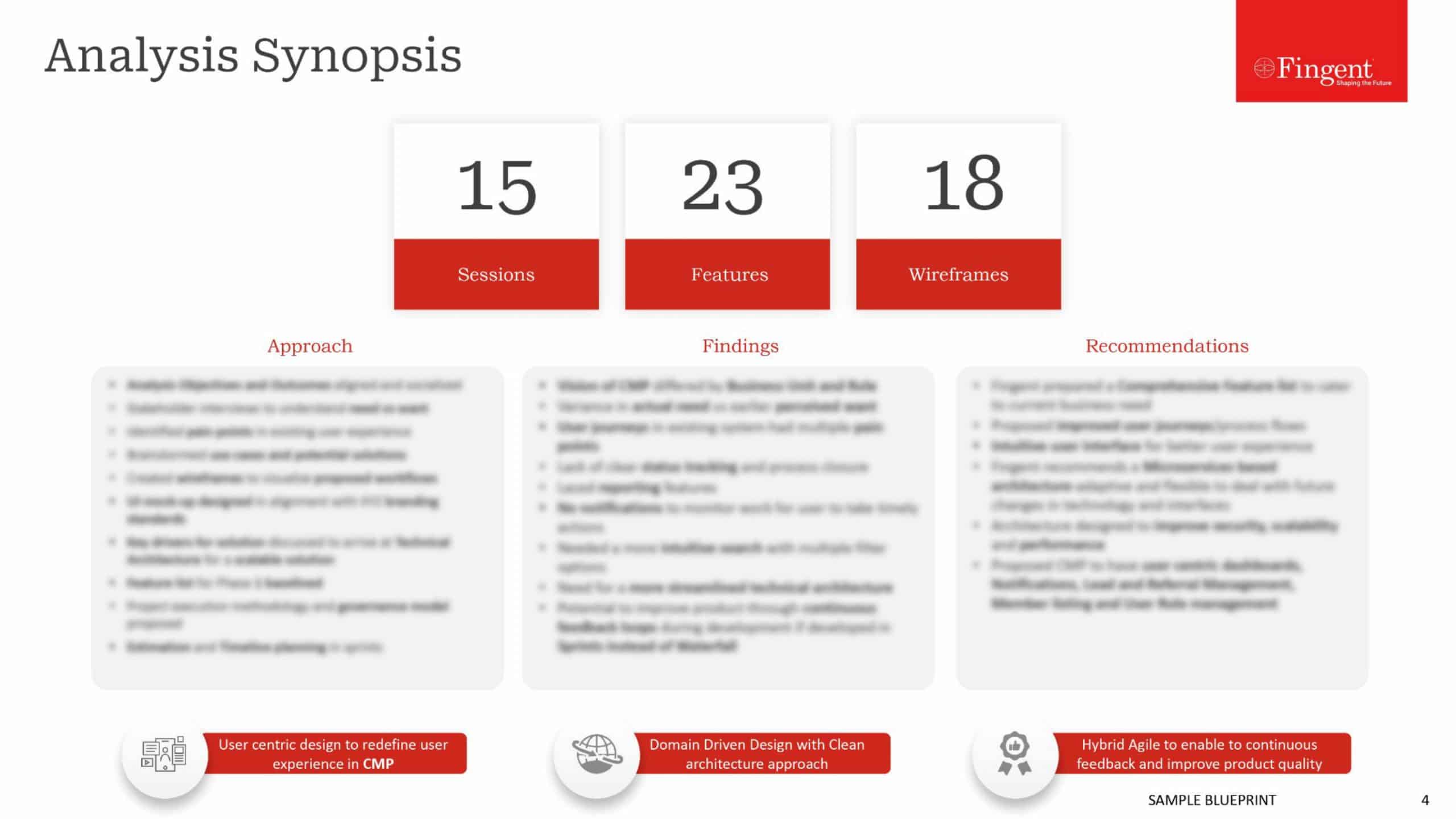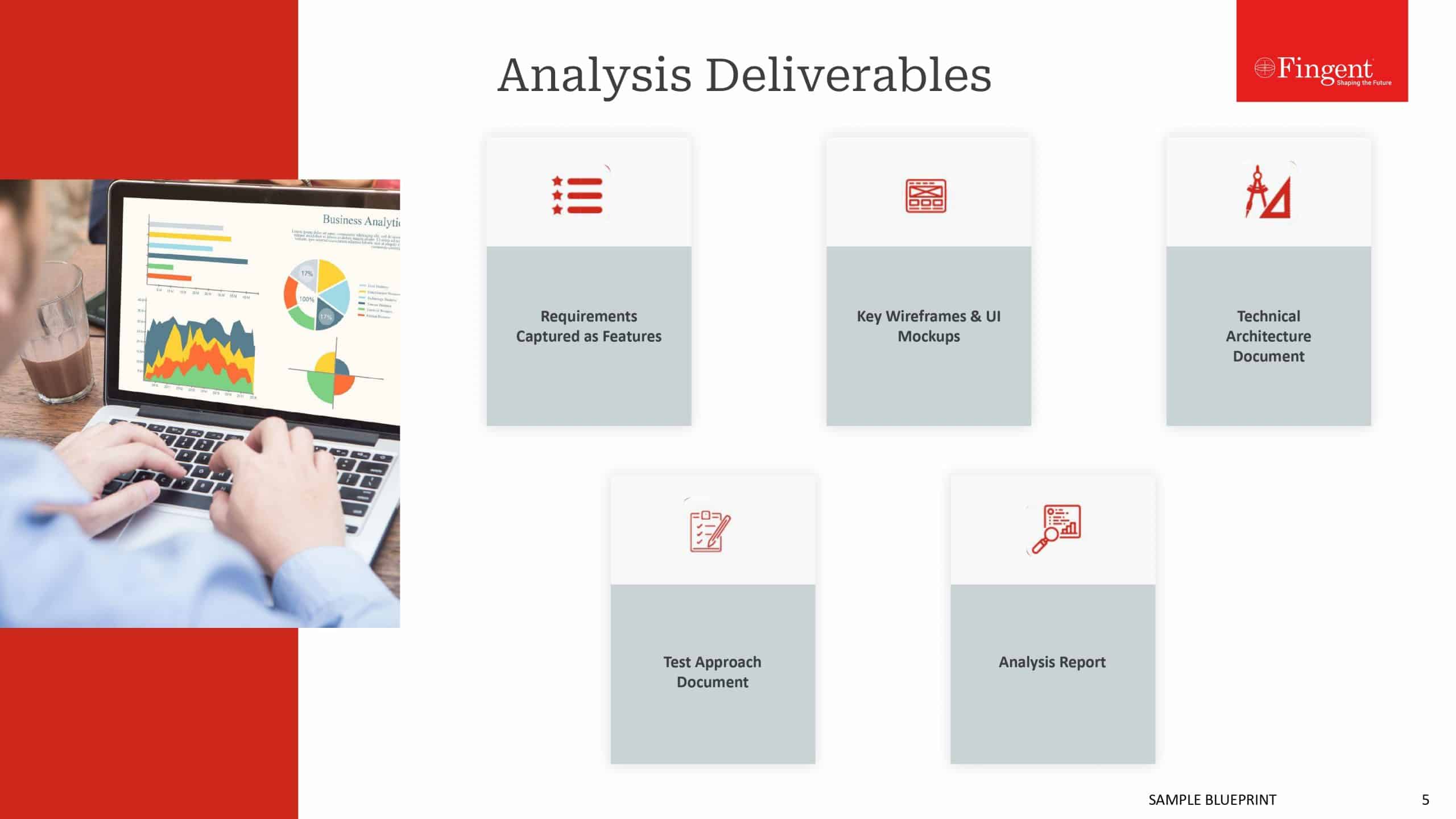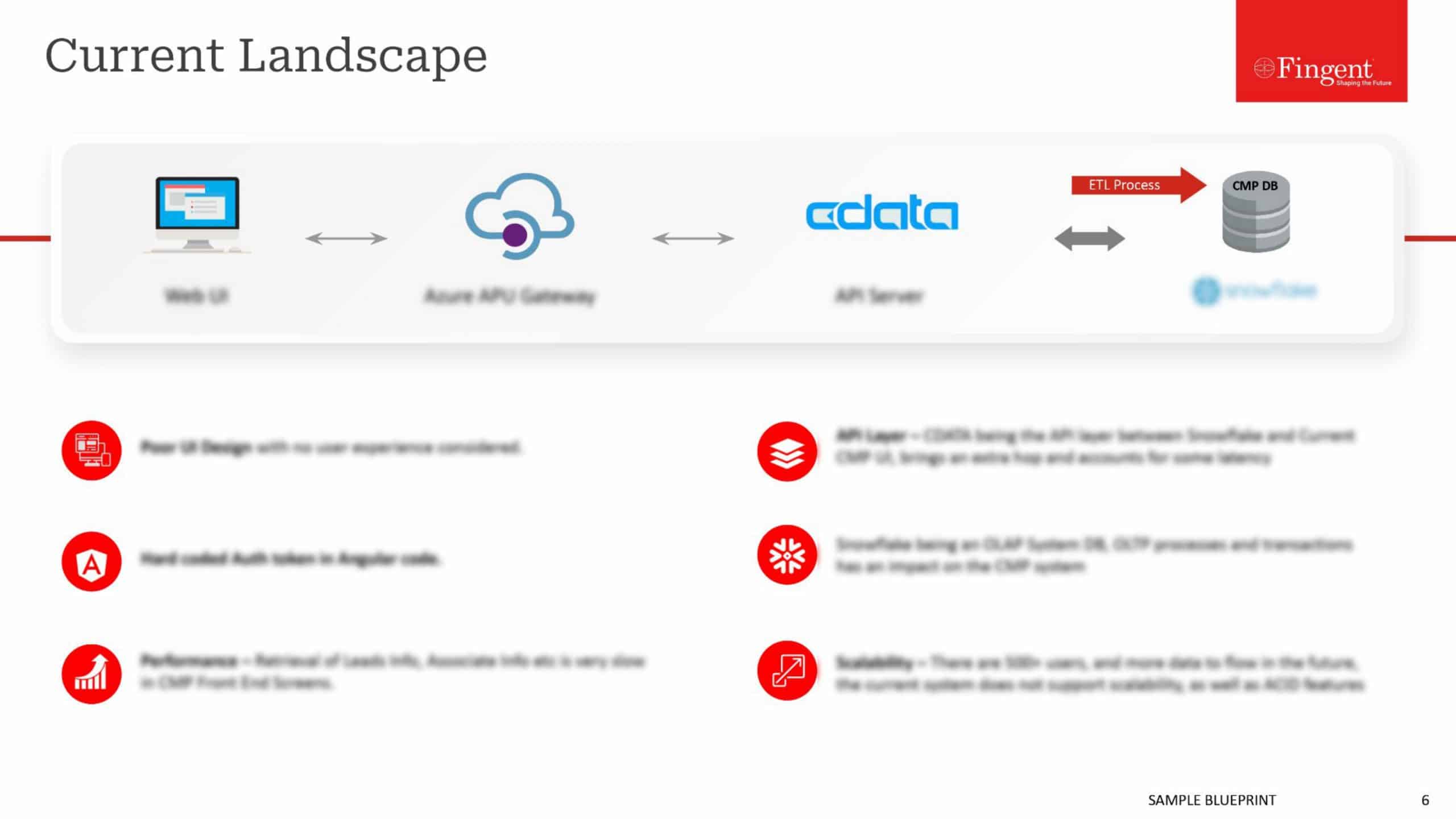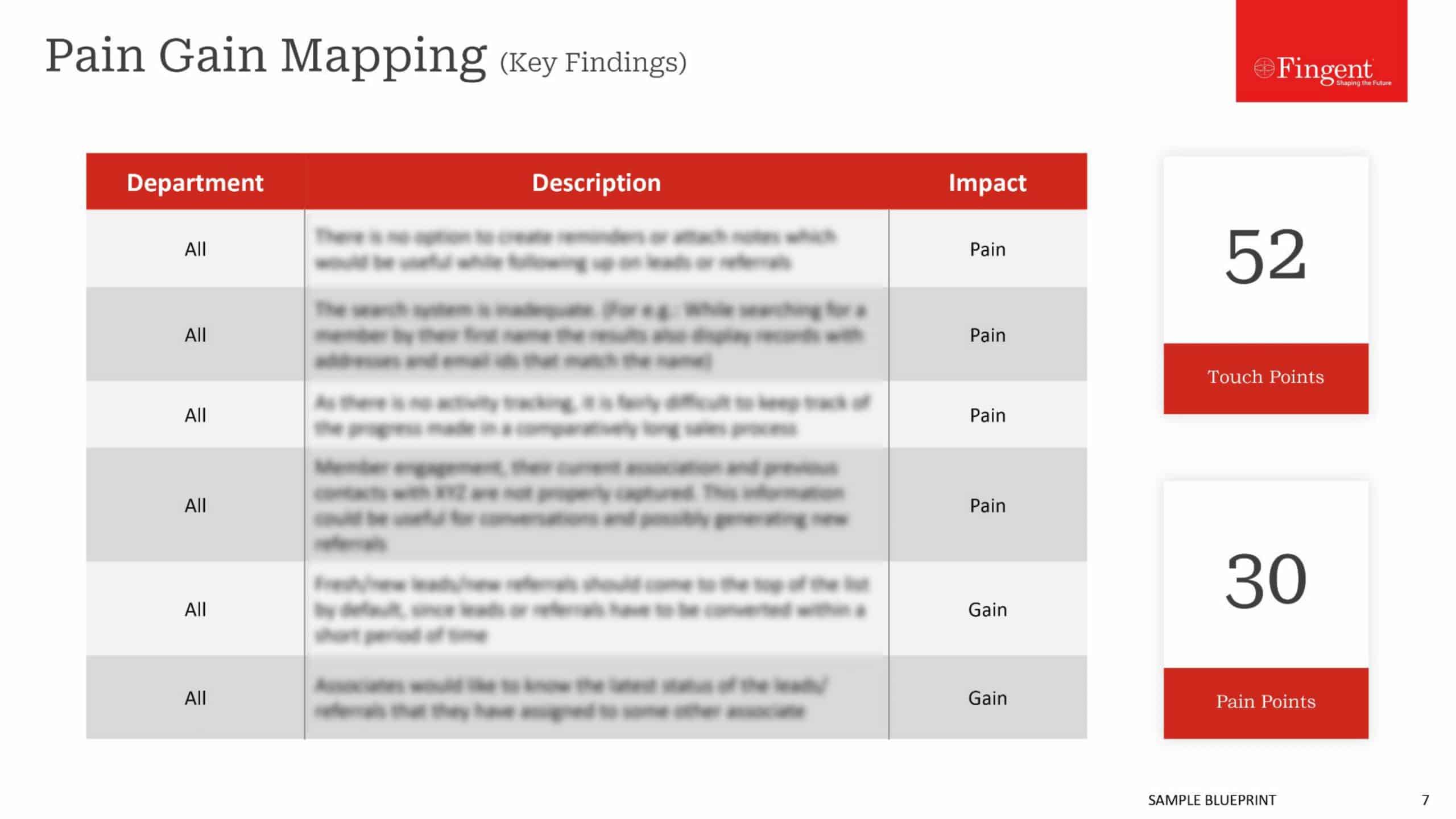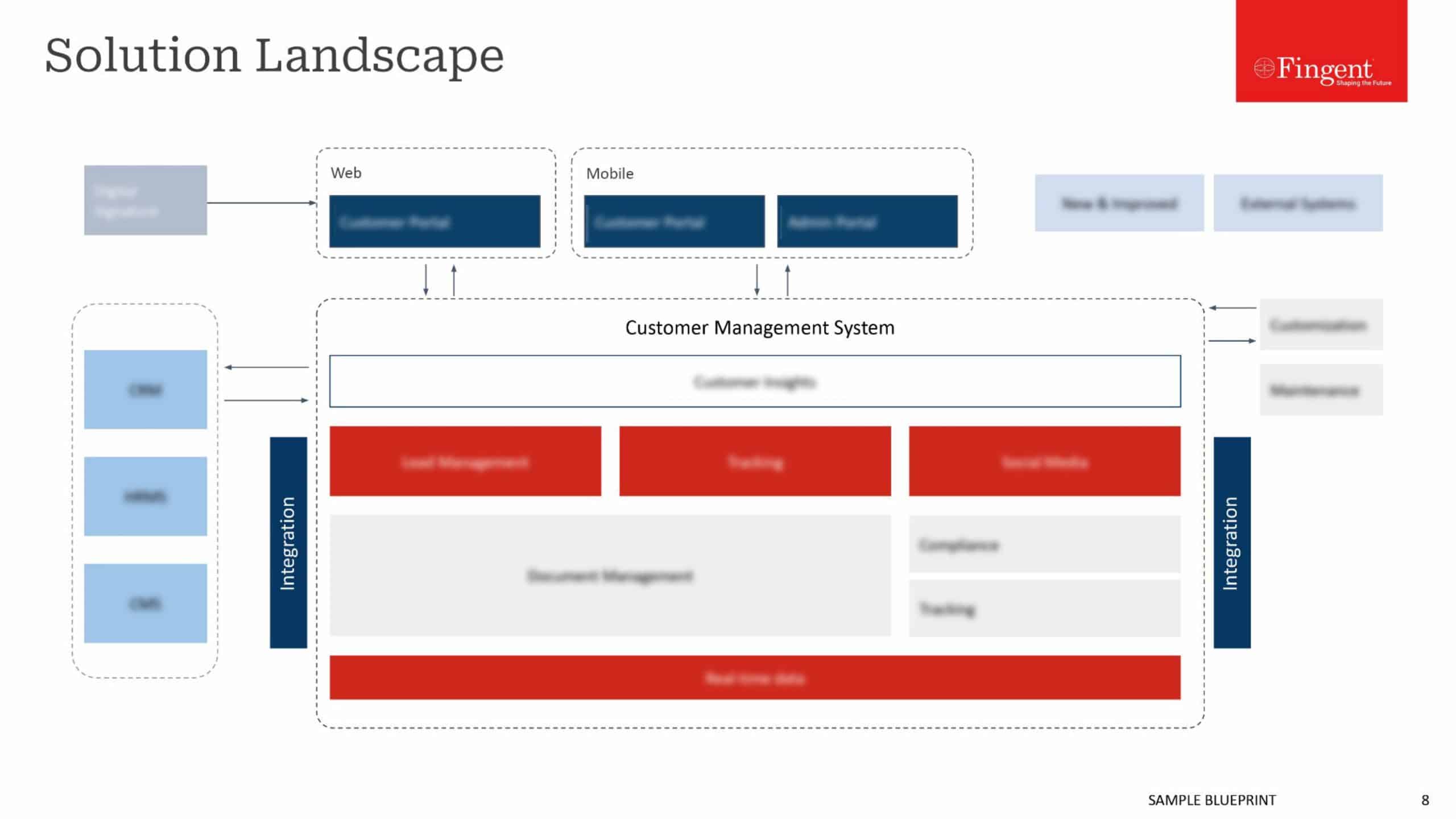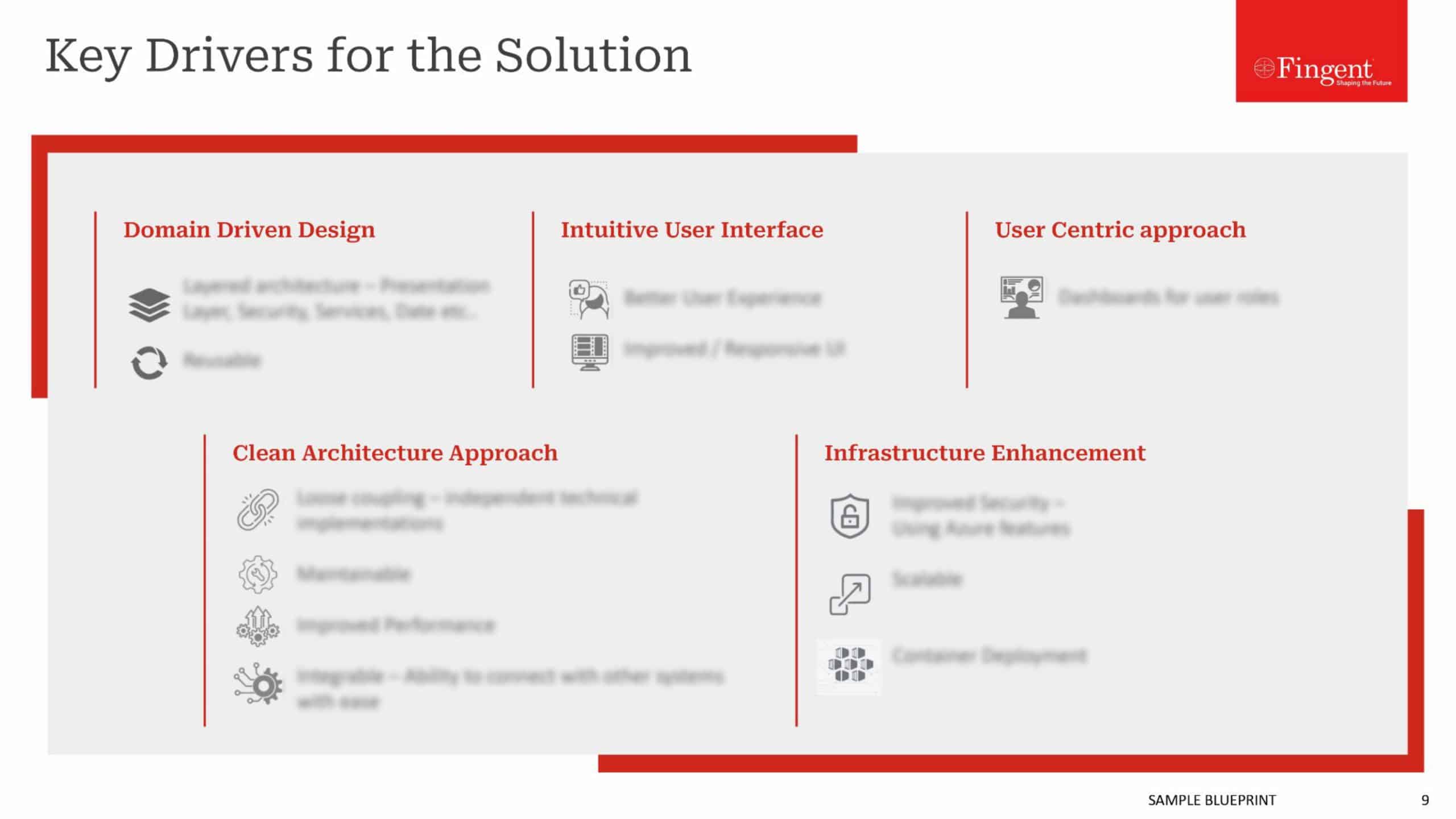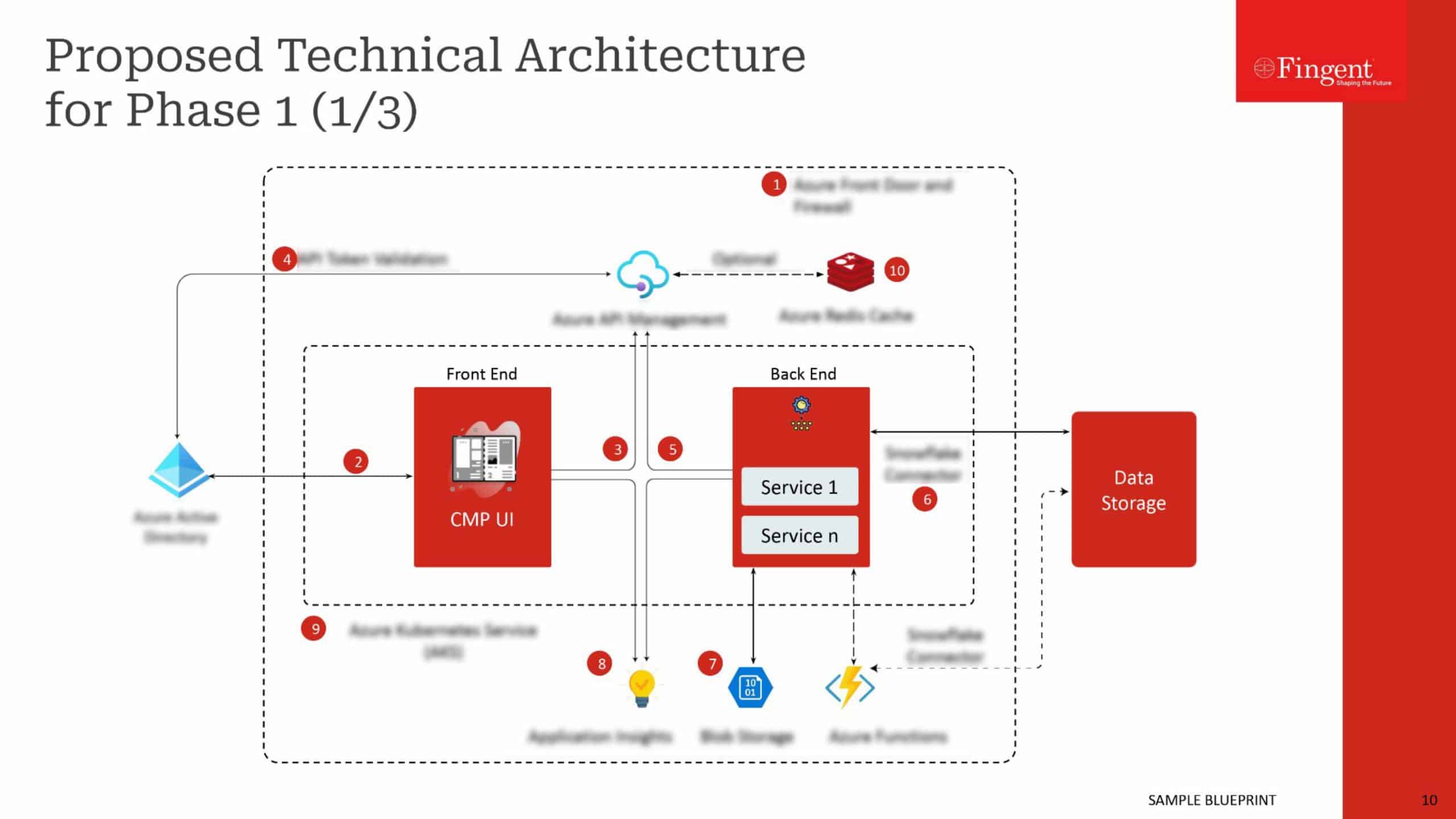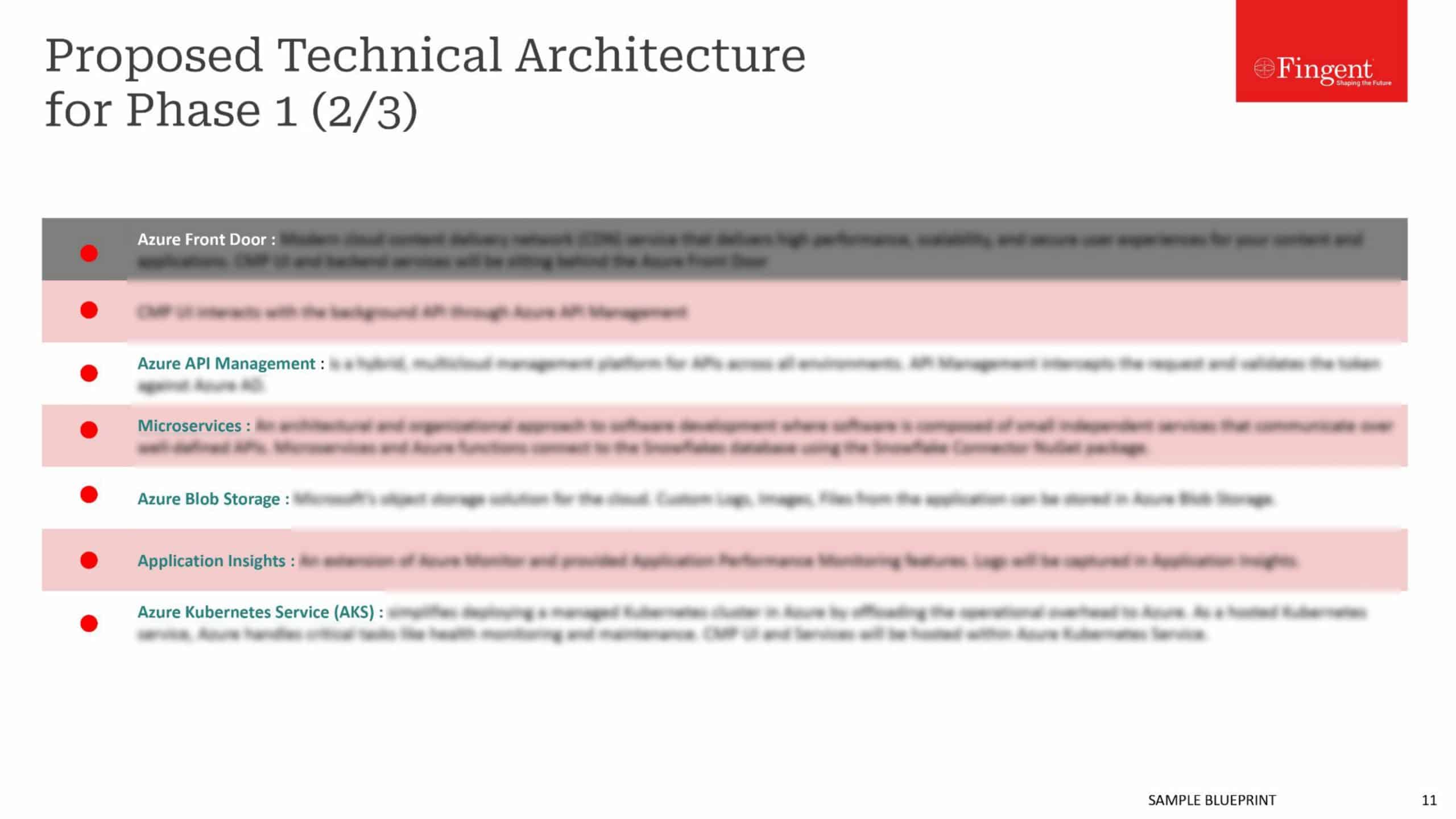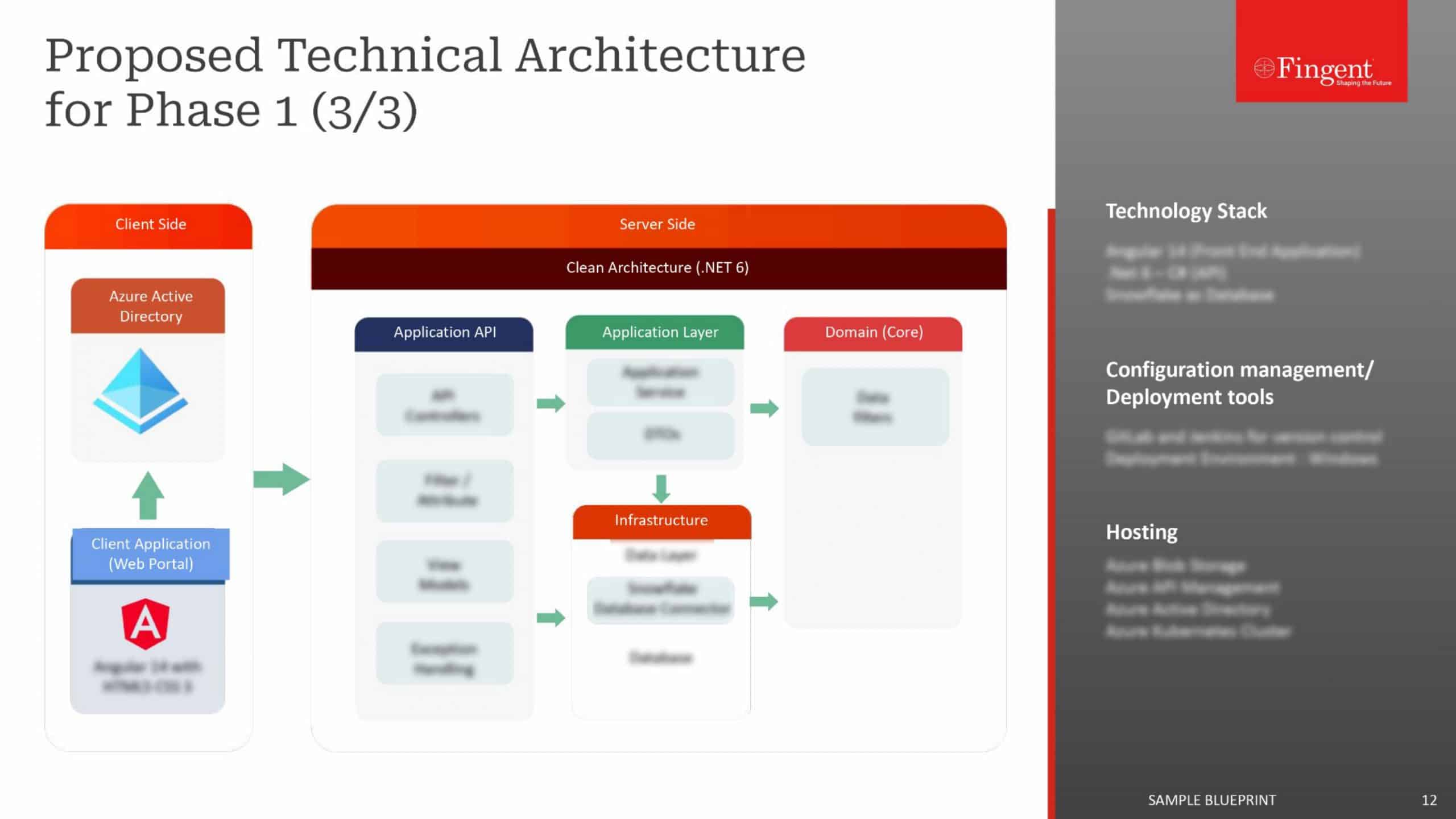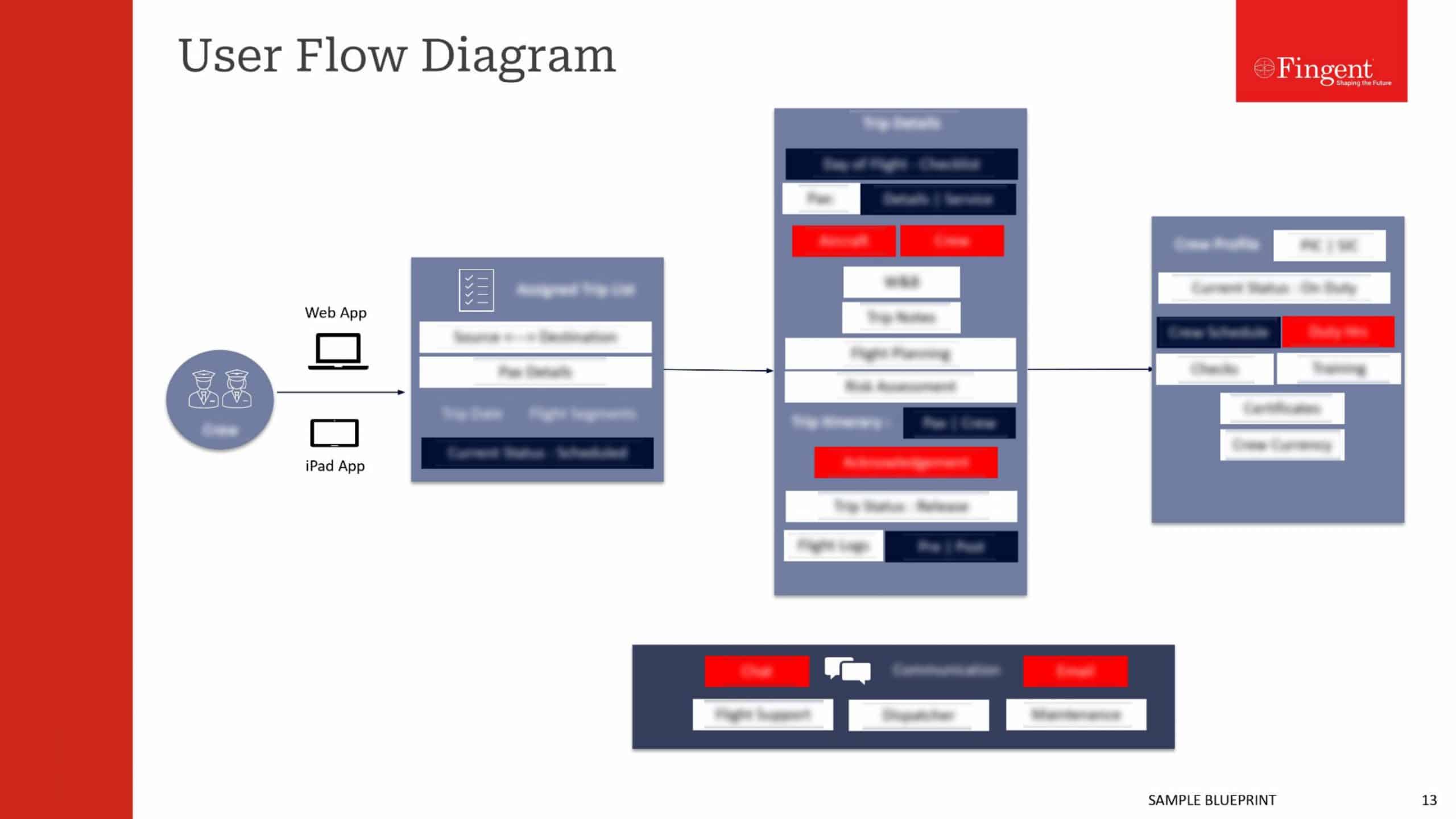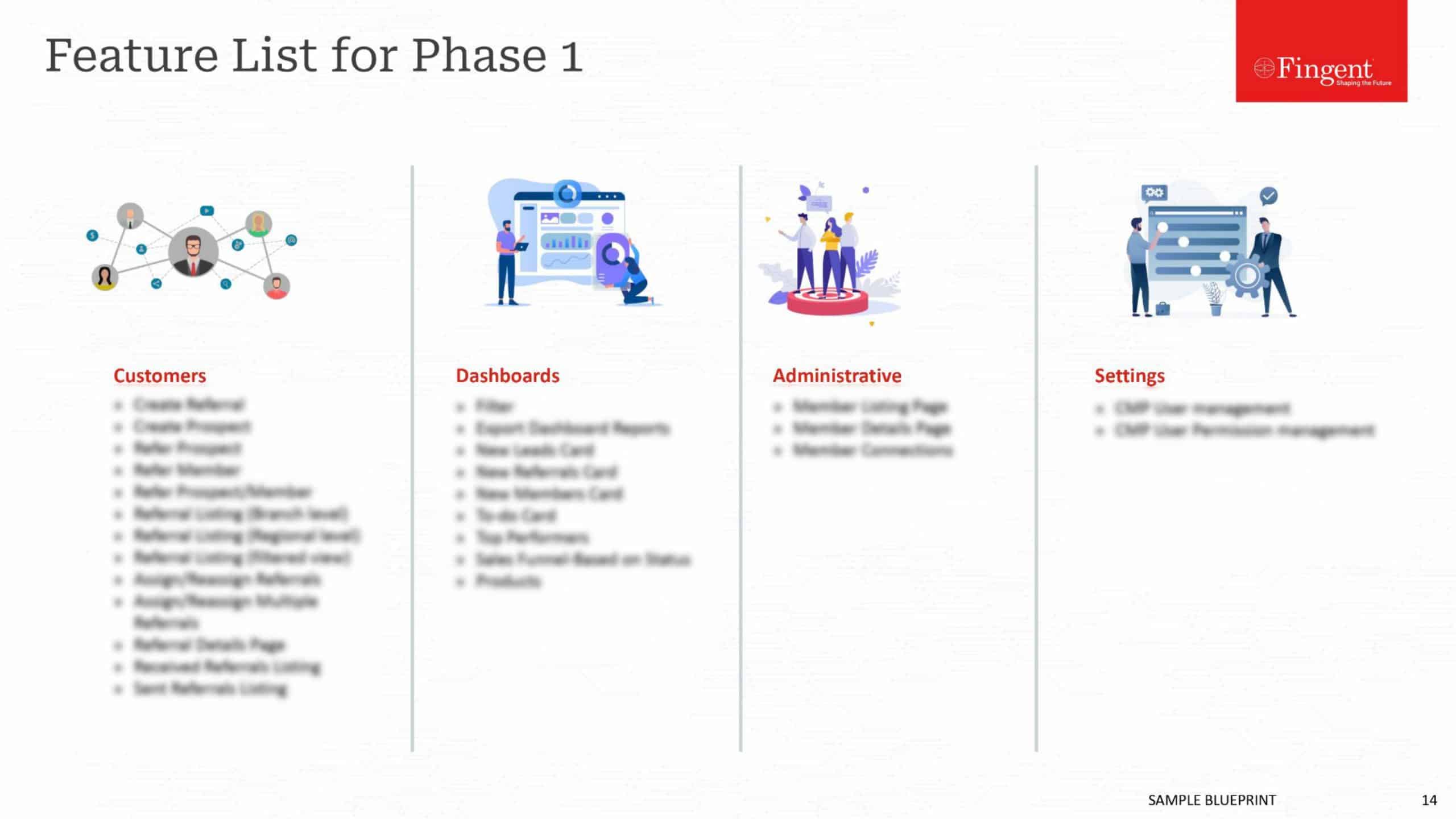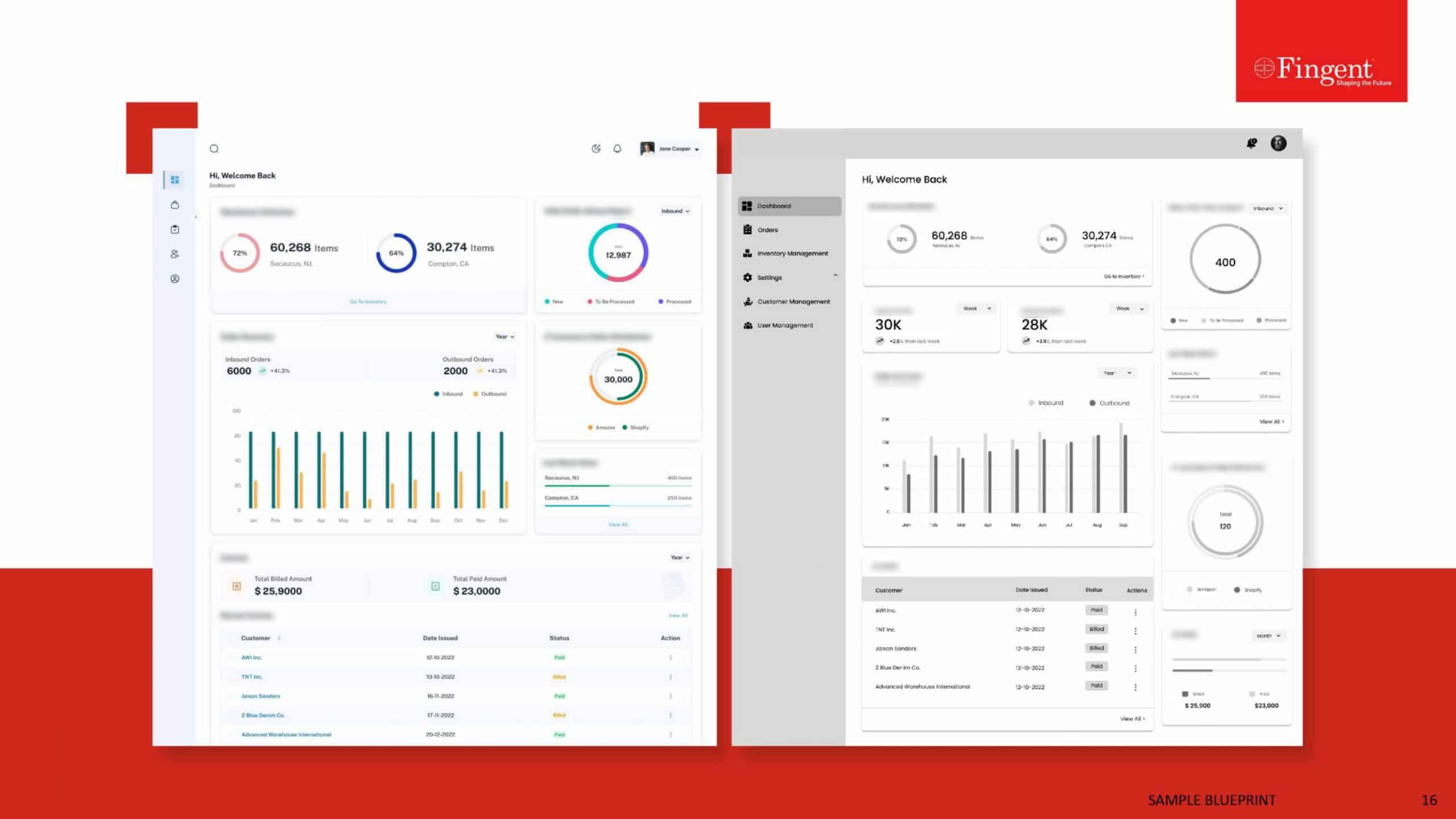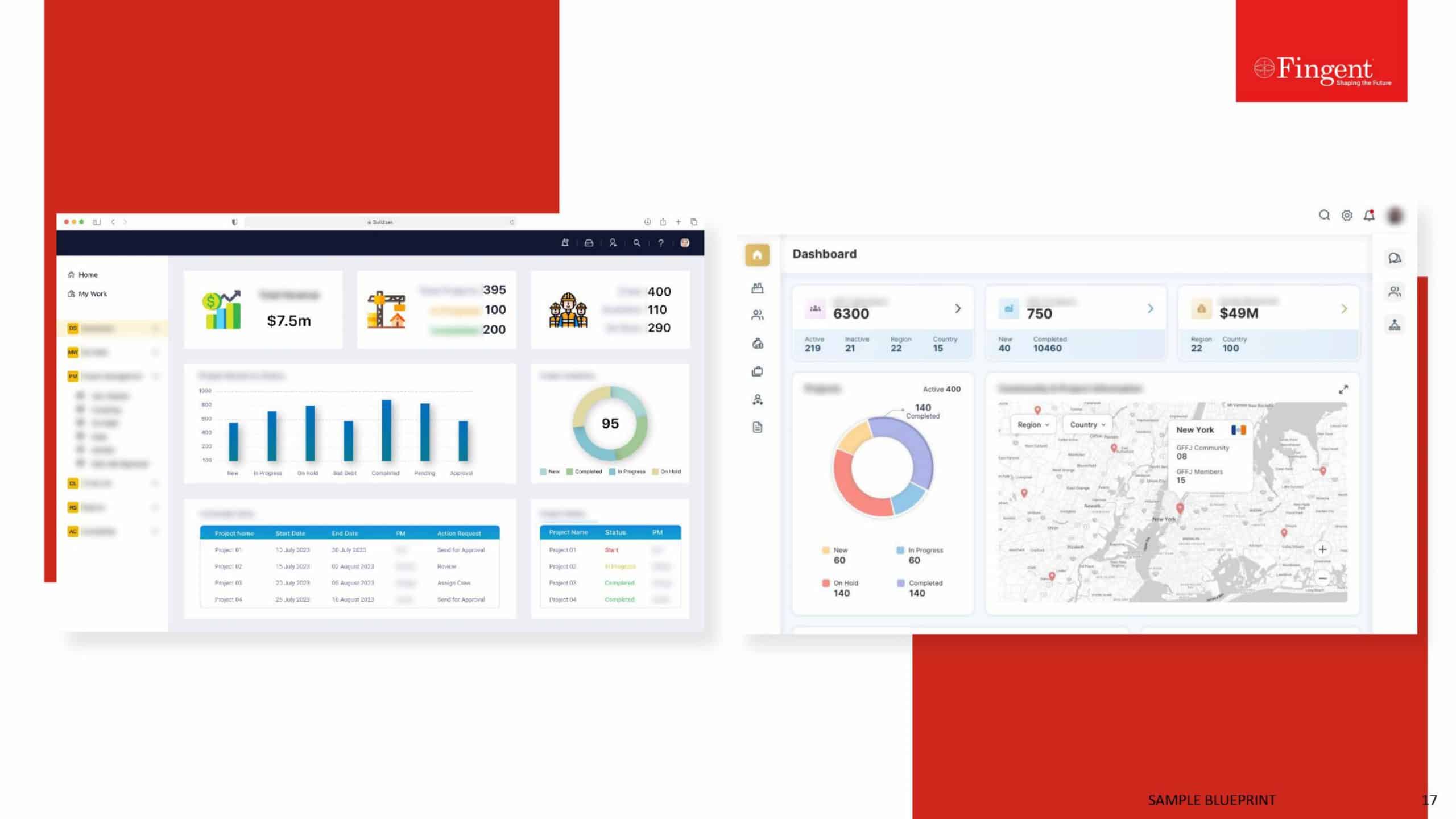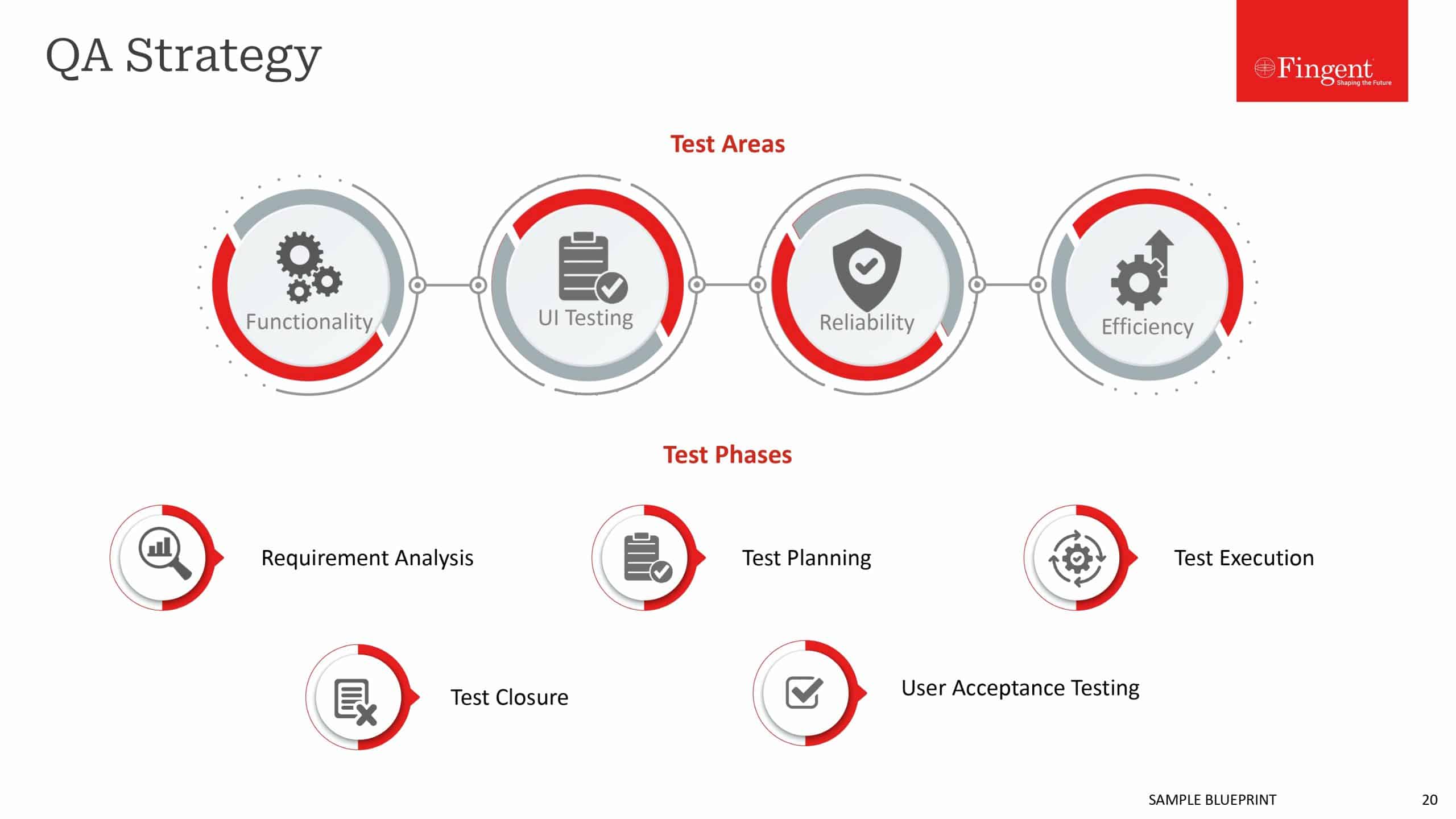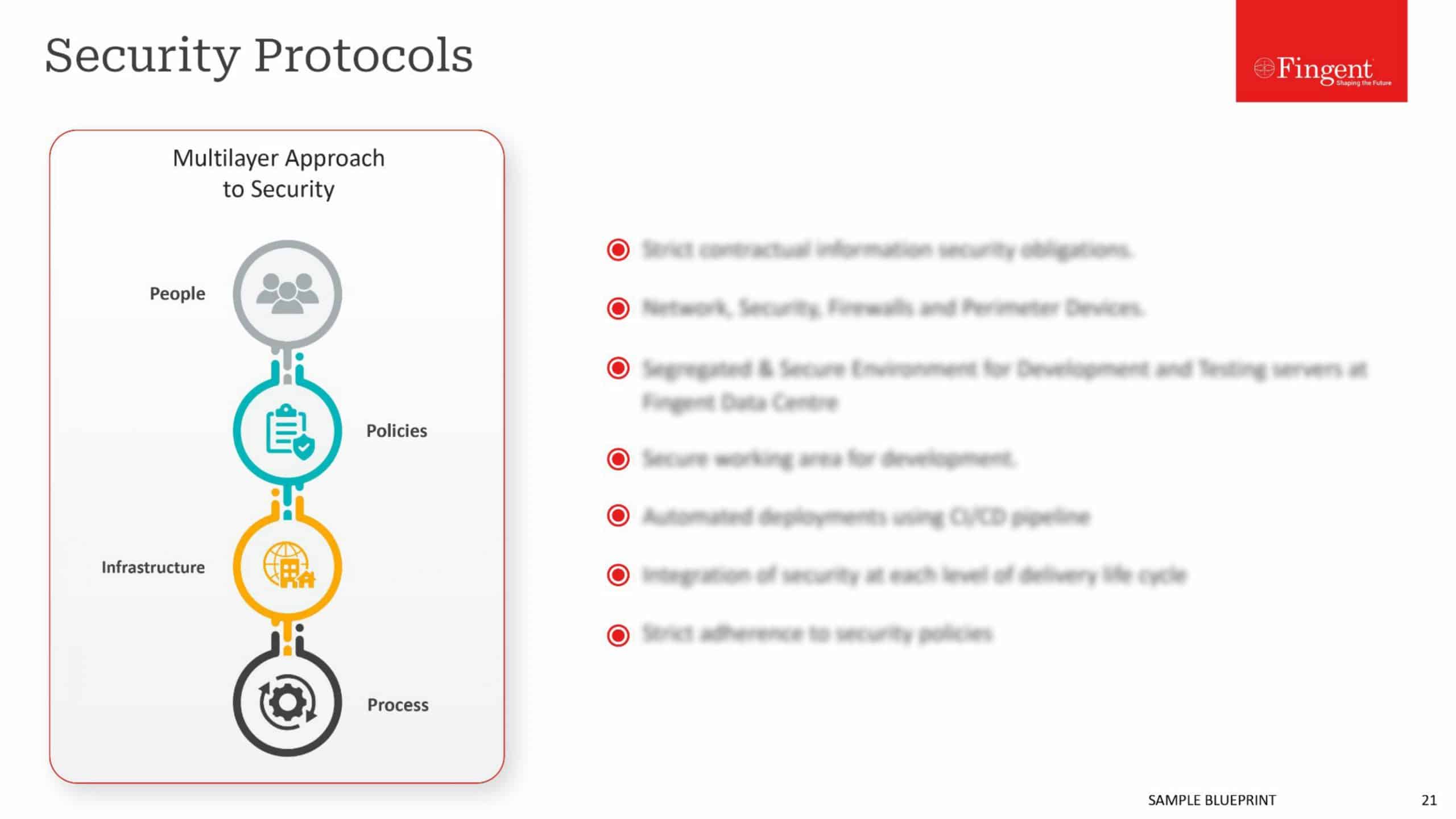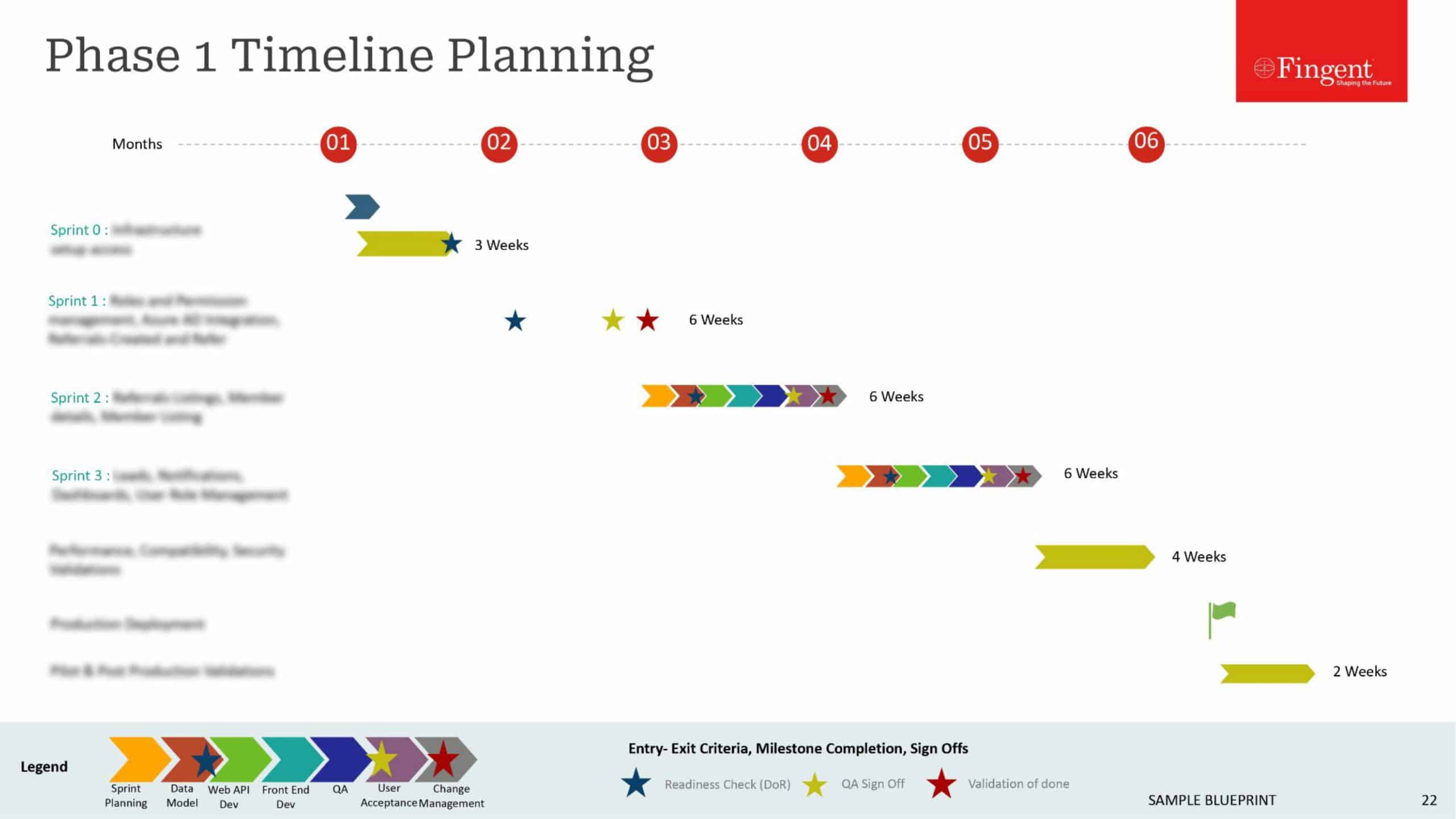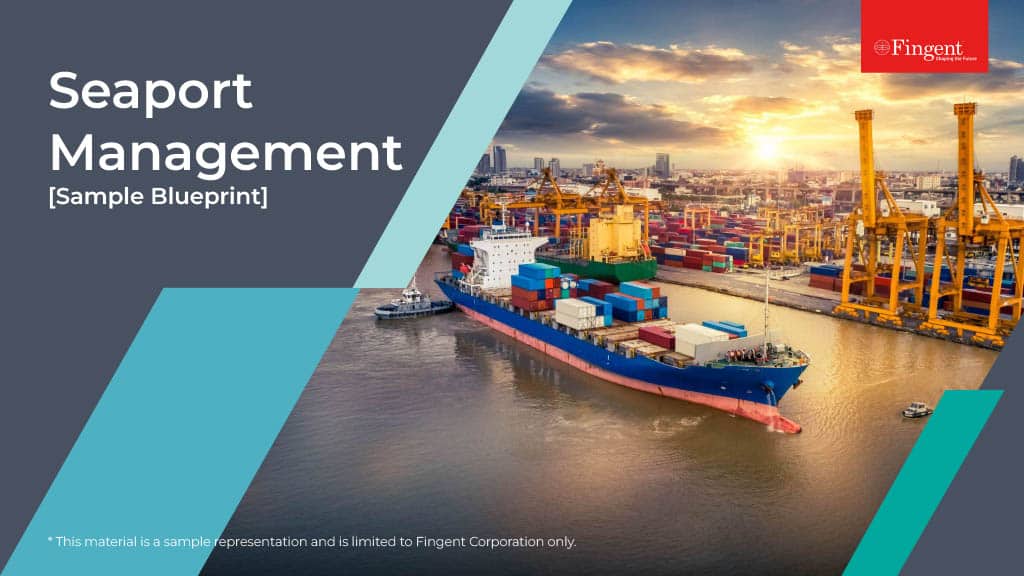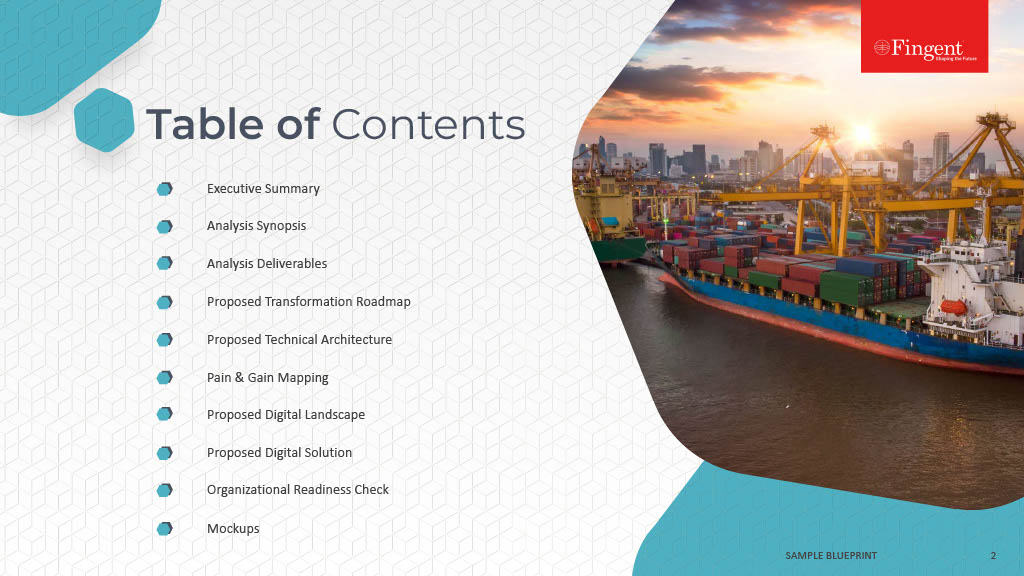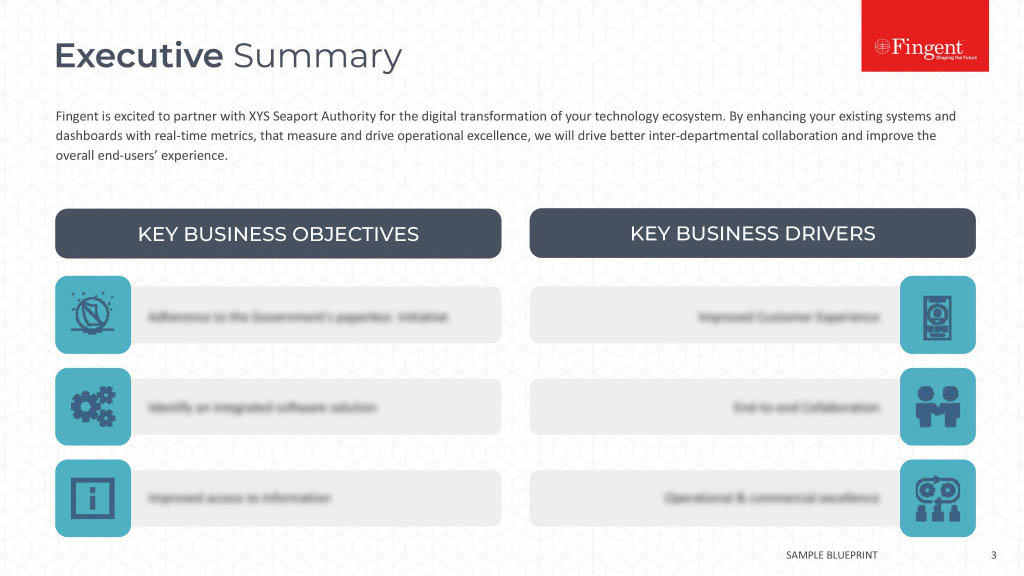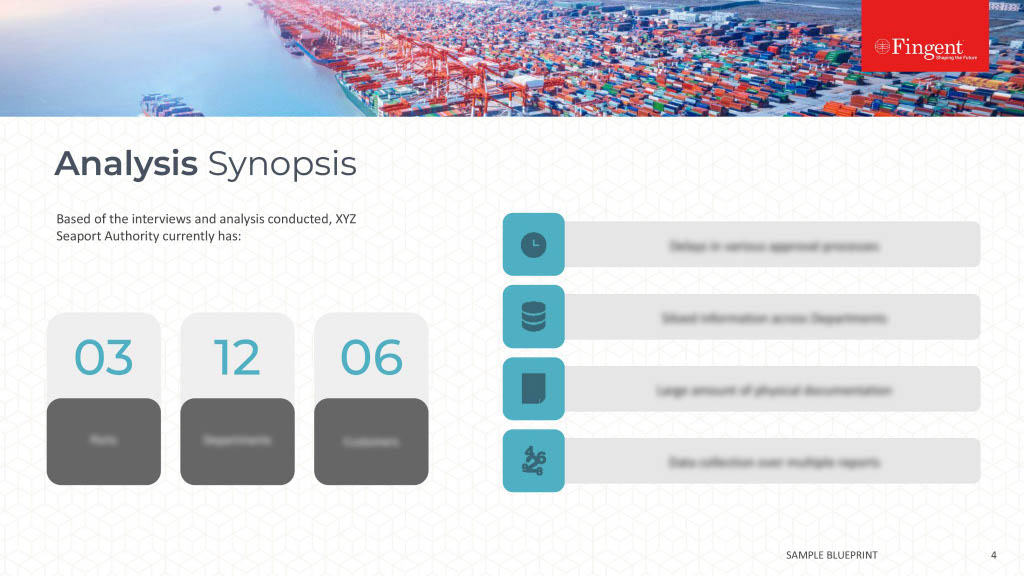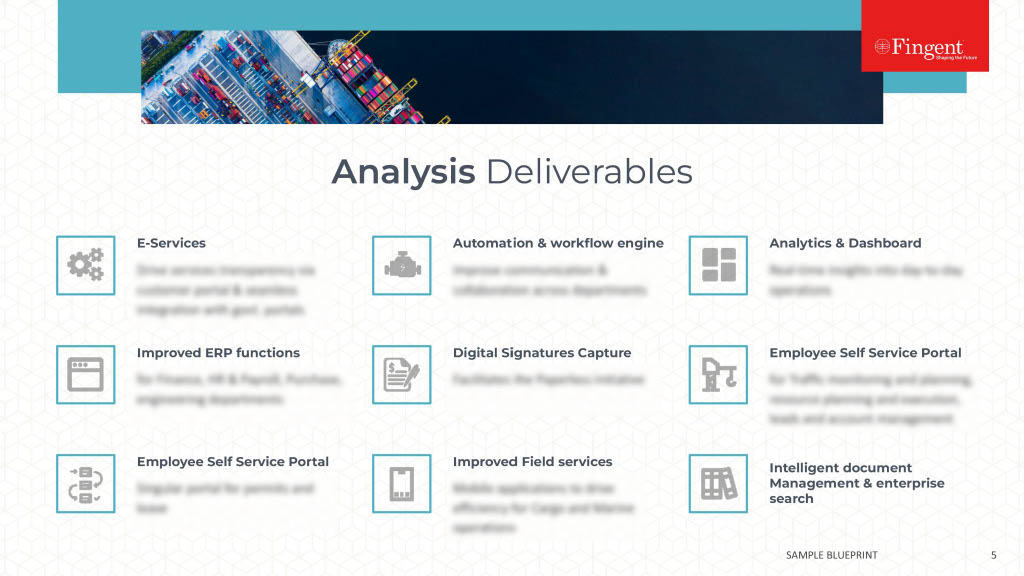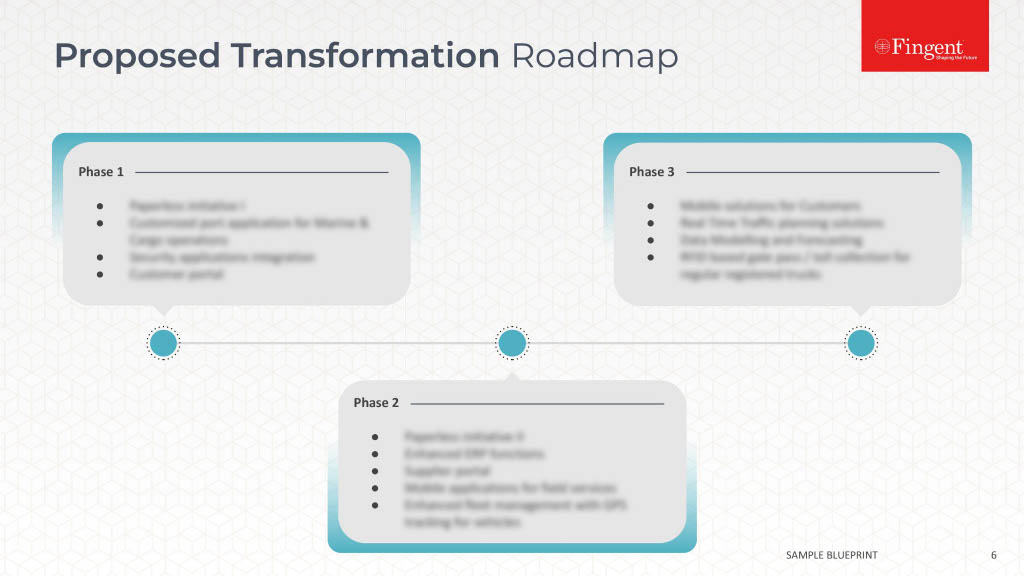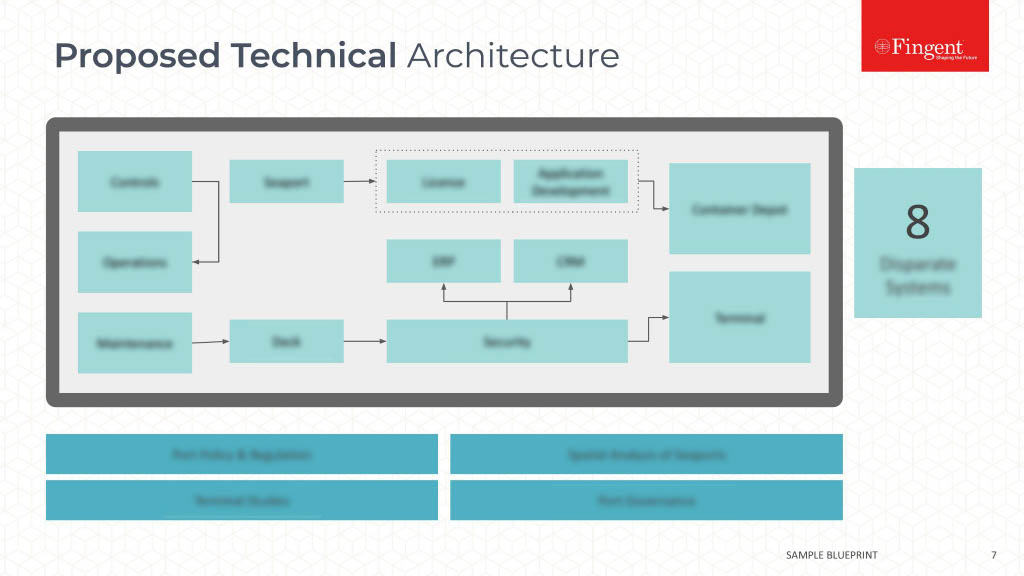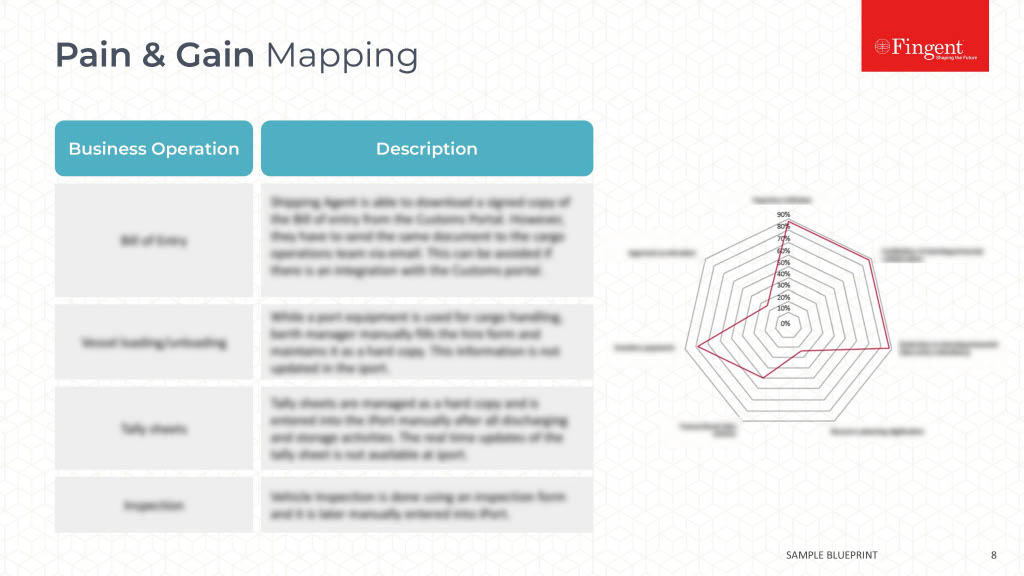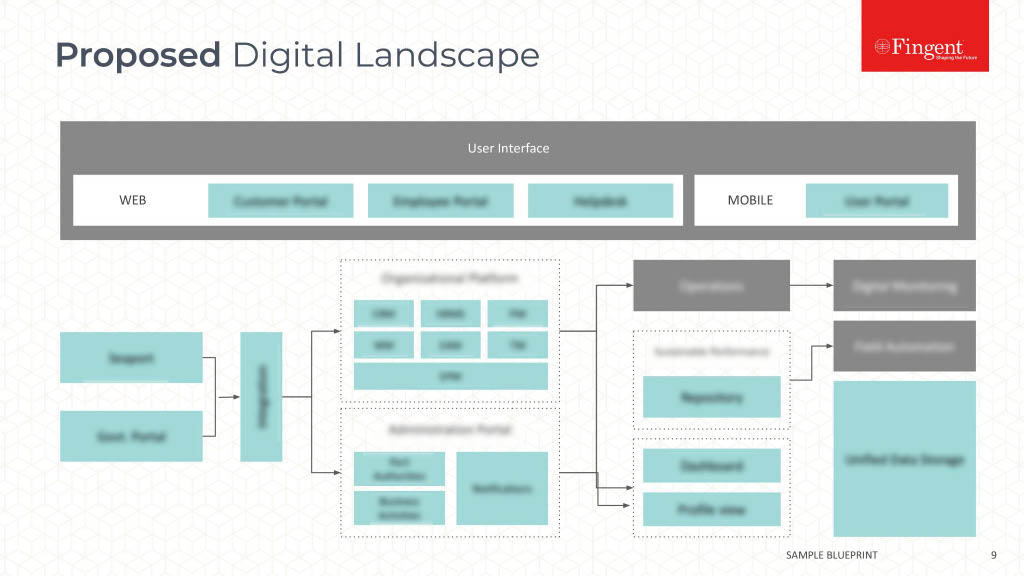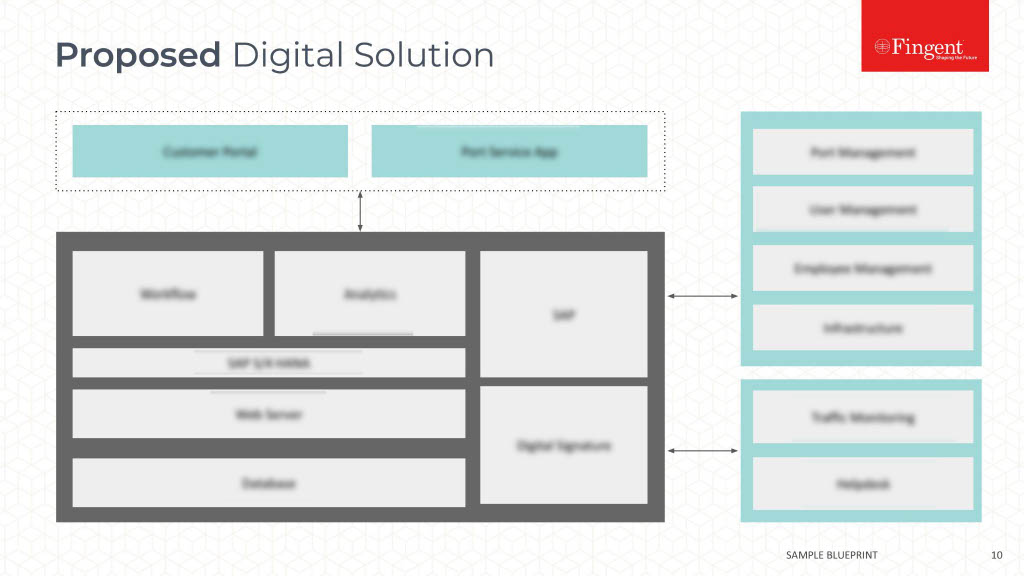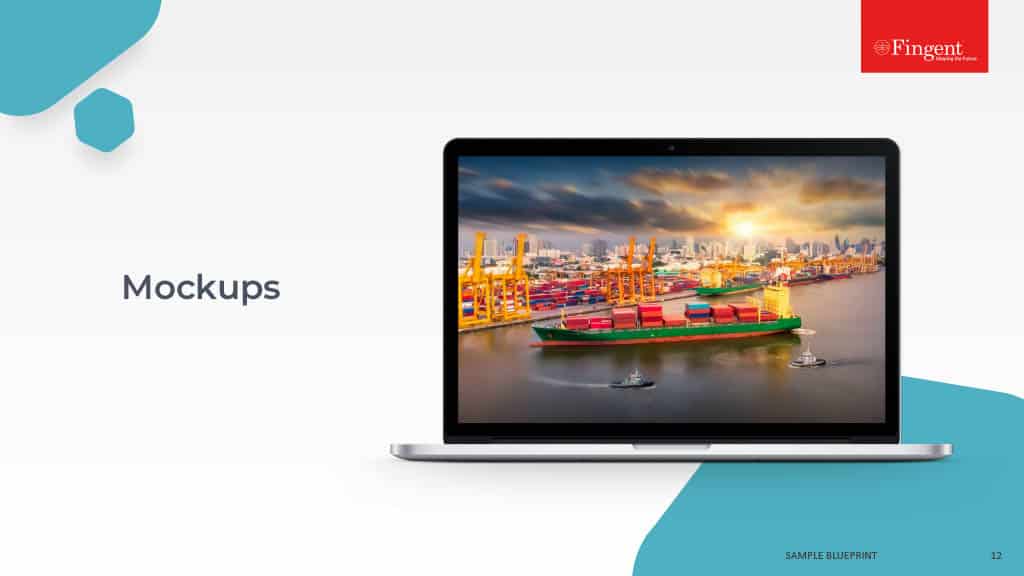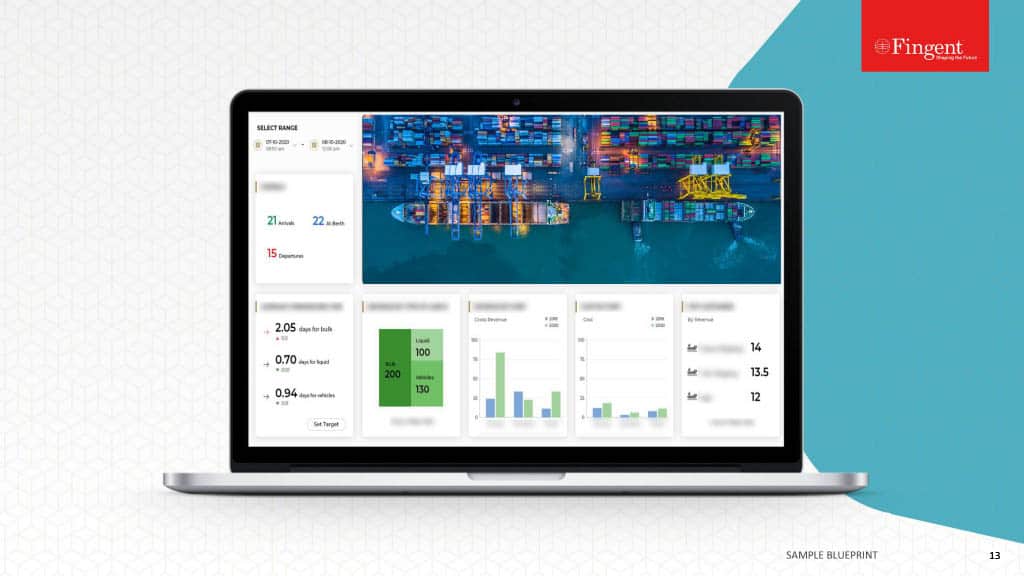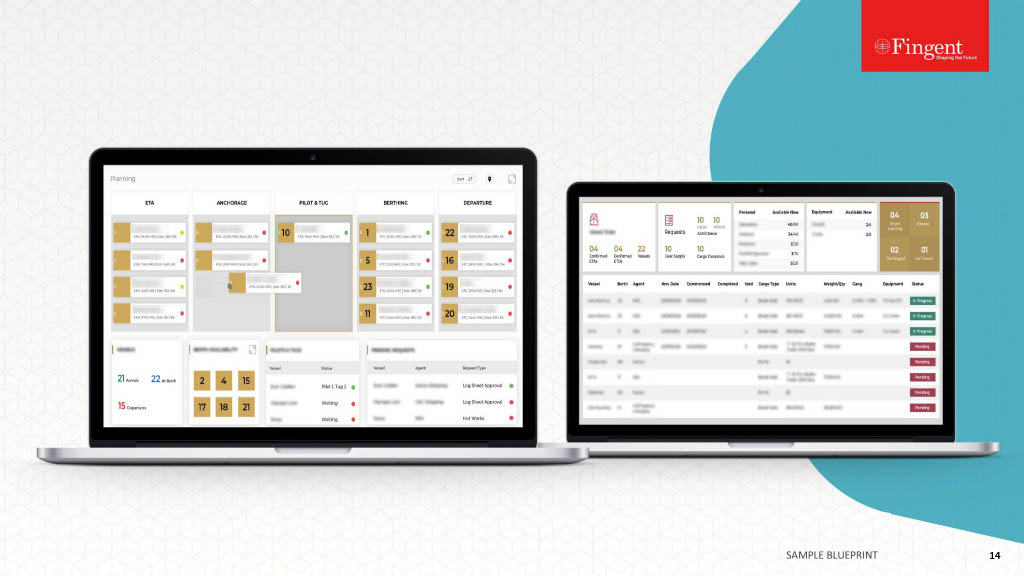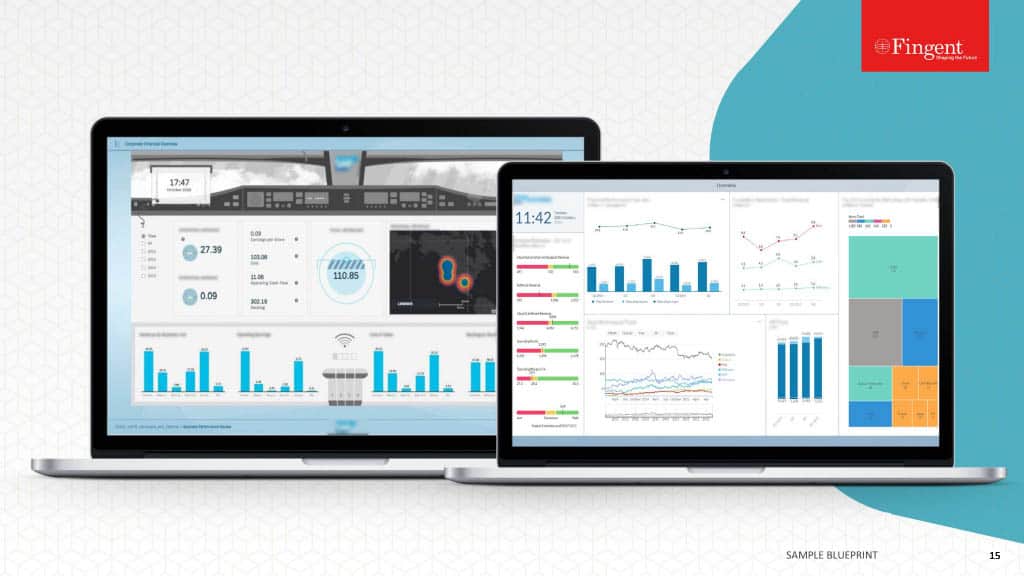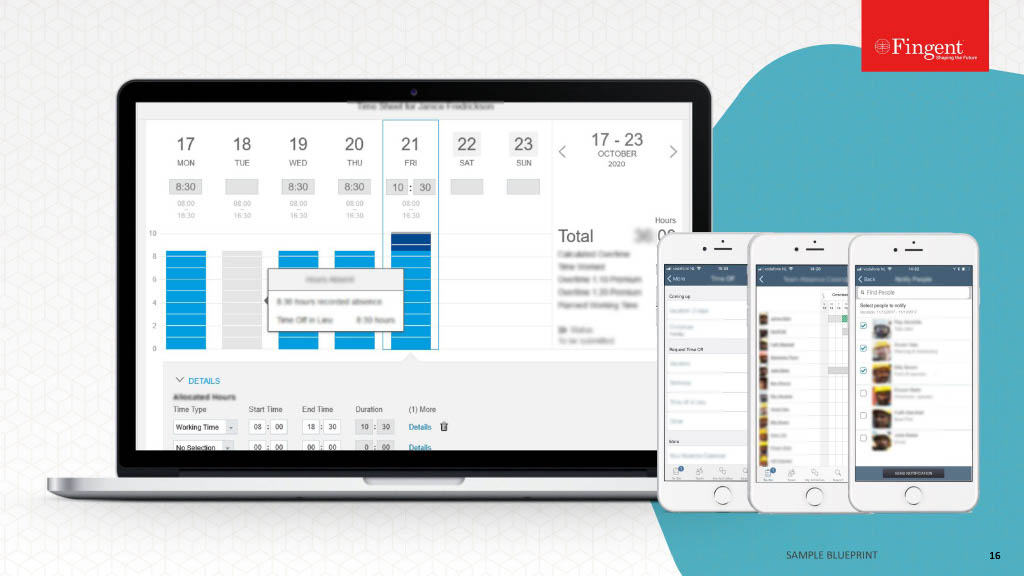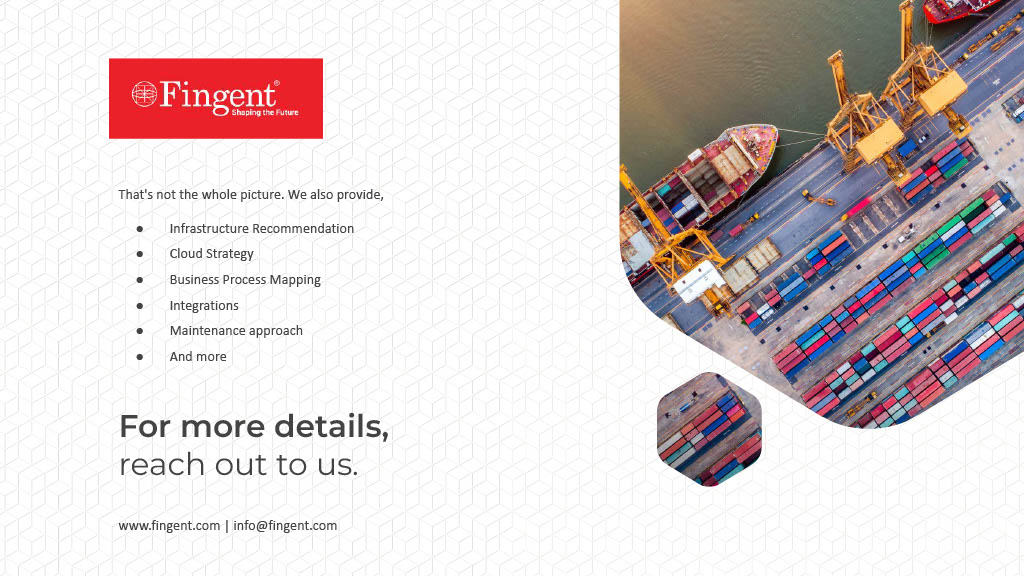Tag: business process improvements
How is RPA turning into a highly sought-after technology
Robotic Process Automation or RPA is one of the fastest-growing segments in the global enterprise software category. Research analyst Gartner says that the market growth rate of RPA was a whopping 63% in 2019. With more enterprises using this innovative technology, RPA’s market value is set to reach 3 billion USD by 2022, shows a prediction by Statista. Early adopters of the RPA software are already raking in benefits as RPA streamlines workflows, automates tasks and allows human workers to focus on high-value work. RPA software appeals to organizations across the world due to its quick deployment cycle time.
How RPA helps businesses: A quick recap
Robotic Process Automation or RPA refers to software programs or ‘bots’ that are programmed to mimic human actions. An average back-office employee has to carry out lots of repetitive, time-consuming and dreary tasks such as producing reports, filling out forms, updating records and other high-volume transactions that do not require judgment or reasoning. RPA simply offers an easy way to perform these tasks more accurately and quickly.
Since RPA does not require any specialized coding knowledge, businesses have welcomed RPA into their processes with open arms. Let’s now have a look at some jaw-dropping statistics and facts about RPA.
Related Reading: How Robotic Process Automation Is Revolutionizing Industries?
Jaw-dropping statistics and facts about RPA
Statistics
The statistics behind the widespread use of this technology can provide us valuable insights into how RPA is impacting the world.
- According to the National Association of Software and Services Companies (NASSCOM), organizations that implement RPA can reduce costs from 35-65% for onshore process operations and 10-30% in offshore delivery.
- McKinsey and Co. suggest that around 45% of the tasks in a business can be automated.
- In their Annual Global RPA survey, Deloitte found that 53% of the survey respondents had already started their RPA journey. Deloitte predicts that we would witness the worldwide adoption of RPA within the next two years.
- Among those surveyed, the ROI was reported at less than 12 months with an average of 20% full-time equivalent capacity provided by robots.
- The Deloitte RPA survey respondents also reported an improvement in compliance (92%), quality/accuracy(90%), productivity(86%) and a reduction in costs(59%).
- The Institute for Robotic Process Automation claims that RPA software robots cost about one-third of the price of an off-shore employee and one-fifth of the price of an onshore worker.
These compelling figures help us to see how RPA is adding value to organizations looking to operate with maximum efficiency.
RPA Facts
- RPA cannot replace humans: One of the biggest misconceptions about RPA is that it will eat up human jobs. RPA works alongside humans to make their lives easier. RPA software carries out jobs that are repetitive and mundane. This can enable us to focus on fruitful endeavors thus improving efficiency.
- RPA will change the nature of outsourcing: RPA has disrupted the outsourcing industry. The increased efficiency and usability that comes with RPA implementation, has threatened traditional BPO relationships. Since RPA can handle more transactions without making mistakes or taking breaks, traditional outsourcing relationships have declined over the last few years. However, if BPOs embrace the benefits of RPA or any other transformative technology they’ll continue to work.
- RPA software implementation is complex: It’s true that RPA has delivered huge benefits to its users. However, many users have also found that the implementation of RPA was quite challenging. Selecting the wrong RPA is one reason that can cause the RPA project to become more complicated than it actually should. If your company doesn’t have an interconnected system that updates cloud or on-premise infrastructure, then RPA implementation can be a big challenge.
- RPA cannot improve a flawed business process: RPA automates processes but does not improve any defects in the existing processes. Due to the hype surrounding RPA, organizations view it as a solution to all their woes. While RPA does help to streamline and modernize processes that are well established, it does nothing to improve a flawed process. So before automating, it’s better to have a clearly defined business process.
- RPA cannot be used to automate all kinds of processes: RPA can be used where high volumes of repetitive transactions based on business rules are carried out. For eg: banking and financial services, insurance, healthcare, pharmaceuticals, manufacturing, travel, logistics, etc. However, if the processes involve reasoning, making decisions, taking different actions according to scenarios, then those processes will not be able to enjoy the full benefits of business automation.
- Future of RPA: RPA has advanced considerably and is the future of IT automation. RPA will be increasingly adopted in various industries such as manufacturing, oil, and gas, retail, etc. Humans will no longer perform data entry and data rekeying jobs. All such jobs would be automated. RPA would evolve to SPA (Smart Process Automation) making business processes smarter. By integrating emerging technologies such as machine learning, AI, big data, with RPA enterprises can promote new levels of productivity and efficiency.
Organizations need not scrap their legacy systems while implementing RPA. The ability of RPA software to integrate legacy systems has helped organizations to accelerate their digital transformation initiatives. They have also unlocked the value associated with past technological investments. As businesses look for new solutions to increase gains, RPA will continue to develop and gain relevance.
Related Reading: How Can Businesses Overcome The Barriers To RPA Adoption?
Have you implemented RPA in your organization? Do you have any insights to share? Do let us know!
Stay up to date on what's new

Featured Blogs
Stay up to date on
what's new



Talk To Our Experts
The transformative impact of blockchain remains much underestimated. While the concept is now associated with Bitcoins, the underlying technology could very well become the most important disruption since the arrival of Internet.
Blockchain in its purest essence is a distributed database, containing digital data. Users may access, inspect, or add to the data, but cannot change or delete it, making it tamper-proof. The original information remains as it is, leaving behind a trail, or a chain of transactions. Any single transaction would be a “block” in a never-ending chain, with the chain distributed across the internet, outside the control of anybody. Businesses leveraging block chains have an easier and safer mechanism to conduct transactions.
How Viable is Blockchain in the Supply Chain?
One area where blockchain technology is in the throes of making a big disruption is the supply chain of industries. In the existing system, the database is updated every time a movement or change takes place in the supply chain. With blockchain, every time a product changes hands, the transaction is documented, creating a permanent history of a product, from the point of origin to sale. In a traditional supply chain, each stakeholder maintains their respective records. With block chain, the records are distributed across the cyberspace, allowing for smart contracts. The distributed database runs on multiple servers, constantly checking the security and integrity of each transaction.
The application of blockchain technology in supply chain manifest in many ways:
- Real-time live recording of the quantity and transfer of assets, such as trailers, pallets, and containers
- Continuous tracking purchase orders, receipts, shipment related notifications, and other trade-related documents
- Assigning digital labels to physical goods, such as bar codes, serial numbers, RFID tags, and more. Blockchain allows connecting digital product information such as the source of origination details, batch numbers, factory and processing data, expiration dates, storage temperatures and shipping detail in a robust and inseparable way.
Improved Transparency
Blockchain brings about greater transparency in the supply chain. The log reveals the origins and touch points of each product, disseminating information on the manufacturing process, movements, and delivery, to all stakeholders. Such in-depth and finer details are not easily available now, and the potential applications of such transparency are earth-shattering:
- For perishable commodities, such as fish, blockchain records for each process, such as how and when the fish was caught or raised, whether it has been handled in a compliant manner, whether harmful formaldehyde was used in storing it, and more, increases consumer confidence and safety manifold. Walmart’s new Food Safety Collaboration Center in Beijing, where the company tied up with IBM and Tsinghua University to apply blockchain technology, to ensure food supply chain traceability and authenticity is a case in point.
- Blockchain logs make explicit the genuineness of a product, as in whether the product is really organic as claimed.
- An audit of blockchain logs make explicit whether the product was made using child labor, whether workers were paid fair wages, and whether there are any other ethically and/or legally reprehensible associations.
- Blockchain logs enhance safety. For instance, customers can track the components in their vehicle has come from an authorized manufacturer and has passed all recommended tests, increasing confidence, and reducing the risk of injury.
- In the case of defective products, the trial makes it easy to pinpoint the source of the problem and make effective amends. For instance, Blockchain production records enable tracing the place and time when a specific automobile airbags were made, allowing automakers to reduce their liability.
The trust and transparency that block chain infuses across the value chain become a new nexus for value exchange.
Security
One major impact of blockchain in the supply chain is improved security and accountability.
- The chain of logs ensures the authenticity of the product, and customers can verify the same automatically. With transactions tracked from the origin, a duplicate product or an unauthorized transaction is immediately flagged as counterfeit or theft.
- The permanent registry and verification assign tamper-proof individual identifiers to high-value products such as jewelry, making theft easily attributable. It also helps identify insurance fraud, which is a $60 billion industry in the USA.
- Blockchain serves as an escrow account, requiring all parties to confirm transactions. It eliminates the need for third parties, usually involved in the mix to ensure both parties honor their part of the contract. A shared, indelible ledger with codified rules also eliminates the need for audits.
The blockchain is on its way to enable more agile and secure value chains, with closer cooperation among stakeholders.
Process Improvements
The application of block chain in supply chain contributes greatly to process improvements.
- Blockchain logs make it very easy to detect errors or problems, and subject the supply chain movements to analytics to improve efficiency, on a dynamic basis. It also facilitates effective planning to improve processes.
- Blockchain delivers a decentralized architecture, which creates opportunities to innovate. For instance, intelligent block chain contracts query other nodes in the blockchain for the best pricing, delivery times, and other particulars. Smart shippers are already finding ways to leverage innovations to increase profits and strengthen relationships across the supply chain.
The application of blockchain technology enables tapping into rules-based intelligence, for executing business functions. Stakeholders may apply intelligent program code to embed conditions and other logic into contracts and other transactions, implemented automatically, with 100% accuracy. Manufacturers and other stakeholders can spare themselves of the copious amount of time, money, and other resources they presently spend to negotiate and communicate with other stakeholders.
The effectiveness of blockchain technology, however, depends not on blindly applying the technology per se, but developing solid and reliable apps that leverage the technology. The blockchain is only a facilitator, and it still requires cutting edge mobility solutions to power your supply chain to greater heights. Get in touch with a reliable partner for your business and mobility solutions requirements.
Stay up to date on what's new

Featured Blogs
Stay up to date on
what's new












